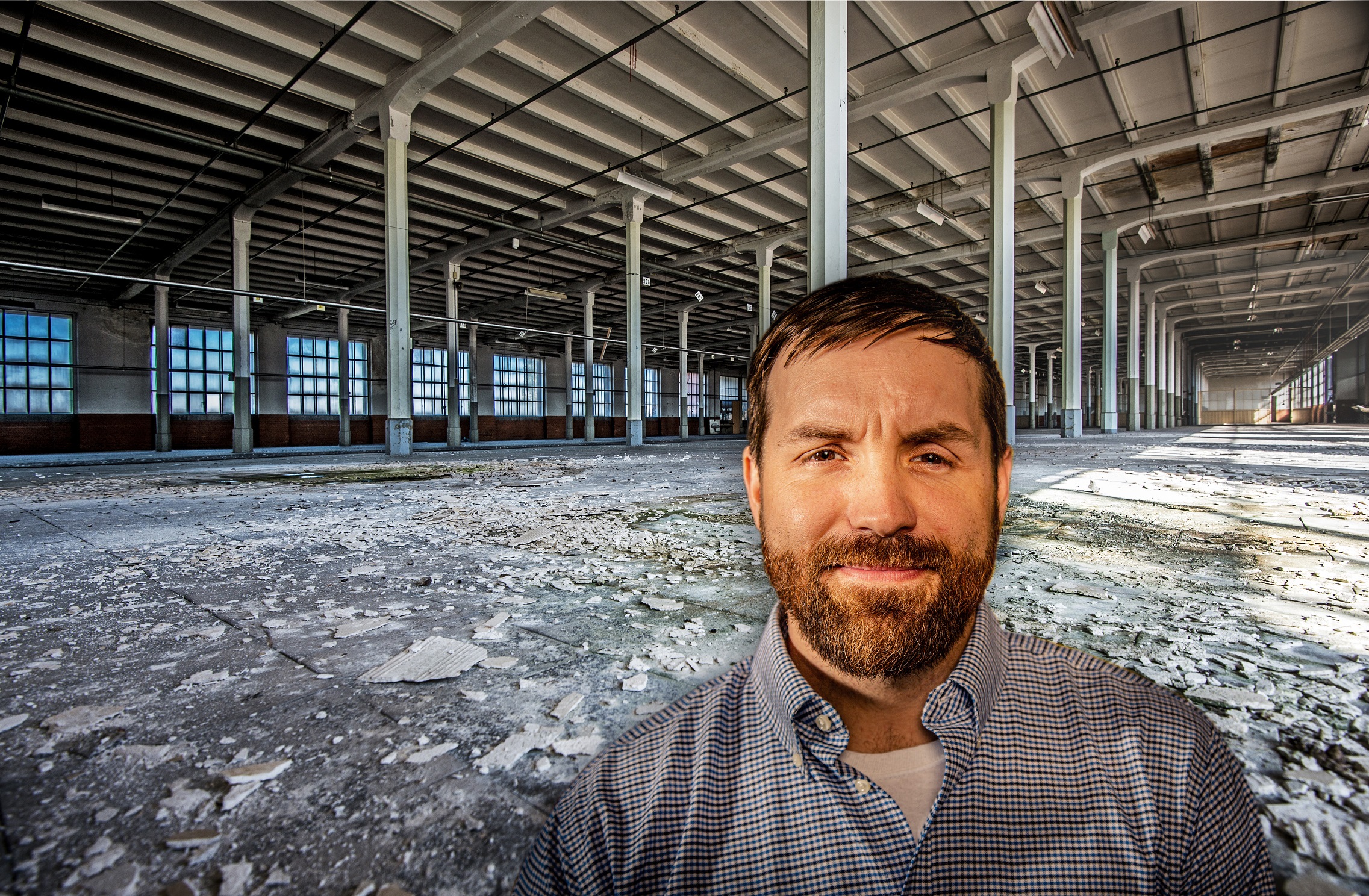Challenges that often go beneath the surface
Anyone who’s ever watched daytime TV has probably seen a law firm ad soliciting clients with Asbestosis, Mesothelioma or Lung Cancer. And while the common conception of asbestos in buildings is typically limited to the fibrous insulating material in attics and ceilings, the threat is considerably more extensive.
“Before asbestos was regulated by the EPA,” notes Ambipar Regional Project Manager Duane Boatright, “it was one of the most commonly-used materials in construction.” In some pre-1991 structures, asbestos is literally everywhere — top to bottom, inside and out — from the tiles underfoot to the surrounding walls’ brick, plaster and paint, to the popcorn ceilings and roofing shingles overhead.
“Before we understood the dangers of asbestos, it was considered an excellent building material. It mixes well with virtually any other material, and it provides superior insulating properties.”
All of which is why asbestos removal is a lot more complicated than simply vacuuming-out the aforementioned attics and ceilings. “Our most common call for asbestos abatement services comes from clients who’ve purchased older properties for restoration or demolition. Neither of which can be done until the threat of exposure has been entirely eliminated.”
The good news
“In general, asbestos is a health threat to people who’ve experienced long-term exposure, and that’s typically people who worked with or around it in the past. The primary reason we eliminate asbestos today is to prevent future generations from being exposed. Most of our clients now are too young to have experienced long-term asbestos exposure, but it’s still a threat. After all, any exposure to asbestos is bad exposure.”
Where to begin?
No surprise, asbestos abatement begins with a thorough site-inspection, conducted by a certified asbestos inspector who takes samples of suspected asbestos. “There’s no substitute for the years of construction experience my team and I have in the field, since 90% of our jobs are construction-related. But we’ve also had specific asbestos-certification training as well.” Training which includes 32 hours to be certified as an Asbestos Worker, and 40 hours of additional training to become an Asbestos Supervisor — not to mention the continuing formal and informal education both pursue regularly.
After inspection, a plan of action is formulated, incorporating all local, state and federal regulations. After that, a typical site preparation, remediation and removal project involves the following steps:
- All HVAC and electrical systems are disabled.
- A new electrical system is installed; one which powers negative air pressure units that avoid contamination of air outside work area.
- A Negative Pressure Containment structure is constructed using 6-mil polyethylene sheeting and HEPA-filtered air machines — which capture any asbestos fibers floating in the air.
- Three-stage Decontamination Enclosure Systems are installed.
- The enclosure’s openings are sealed with plastic sheeting and duct tape.
- All crew members dress in appropriate PPE suits.
- Surfaces are wet-wiped, or the crew uses a vacuum with a high-efficiency particulate air (HEPA) filter on nonmovable objects, to keep asbestos particles from becoming airborne.
- Immobile items are sealed with plastic sheeting and duct tape.
- All surfaces not needing abatement are covered with plastic sheeting.
- Prominent warning signs are posted — IE: Danger, Asbestos, Cancer and Lung Disease Hazard, Authorized Personnel Only, Respirators and Protective Clothing Are Required in this Area.
- All asbestos and asbestos-containing materials are cleaned, using a HEPA vacuum.
- Air sampling and monitoring is conducted, both in the work area and the surrounding area, during and after all remediation activities.
- Asbestos-containing waste is sealed in leak-tight containers while still wet, then clearly labeled and transported to qualified landfills which meet all requirements for securing the waste and preventing fibers from escaping into the air.
- NOTE: Transport vehicles taking asbestos waste to landfills also meet specific requirements — and include all labeling instructions.
Additional abatement services
While asbestos is the abatement division’s primary area of practice, “we also get plenty of calls for Mold and Lead removal as well.”
Mold
Mold is a fungus that thrives in moist, humid conditions indoors and outdoors. It can release airborne spores and mytoxins, causing severe headaches, allergies, asthma, rashes and other health problems. Mold can start to grow in as little as 48 hours. It flourishes on many types of building materials, and it can grow in hidden surfaces like the back of drywall, wallpaper or paneling as well as on ceiling tiles and under carpets and pads — among other areas.
Noticeable signs of mold include musty odors and discoloration, and it’s important to keep mold levels on the inside of a structure lower than the levels outside.
Lead
Lead is one of the most common environmental threats found inside commercial and residential buildings built before the 1970’s.
Exposure to lead can delay physical and mental development, and can cause attention span and learning deficits in small children and babies. It can increase blood pressure in adults, and repeated exposure can cause kidney problems. Properly maintaining paint in older homes, and preventing chipping or peeling, is critically important in preventing lead dust.
Dry Ice Blasting, and how it works
One of the safest and most efficient methods for removing mold, or lead paint, is Dry Ice Blasting — which requires less prep time and downtime, and produces no secondary waste, compared to traditional methods.
It evaporates completely, leaving only the material you want removed in the first place. Moreover, dry ice cleaning replaces hazardous chemical cleaners — which also eliminates the disposal cost of those chemicals.
In Dry Ice Blasting, “we use compressed air to discharge high-velocity frozen CO2 pellets, which creates tiny explosions on surfaces, and lifts the hazardous materials off underlying substrates.”
Unlike hard, abrasive blasting media that grinds on surfaces (like sand, plastic beads and soda), dry ice is soft. It can drastically reduce labor hours when removing paint from intricate designs. There are no chemicals to stain or discolor the wood. Moreover, it produces no gouges, or raising of the grain. And it can remove mold and lead paint from wood, brick, stone or metal without having to stop and change processes.
How can we help?
To learn more about how we can help you, contact Duane Boatright at duane.boatright@ambipar.com




